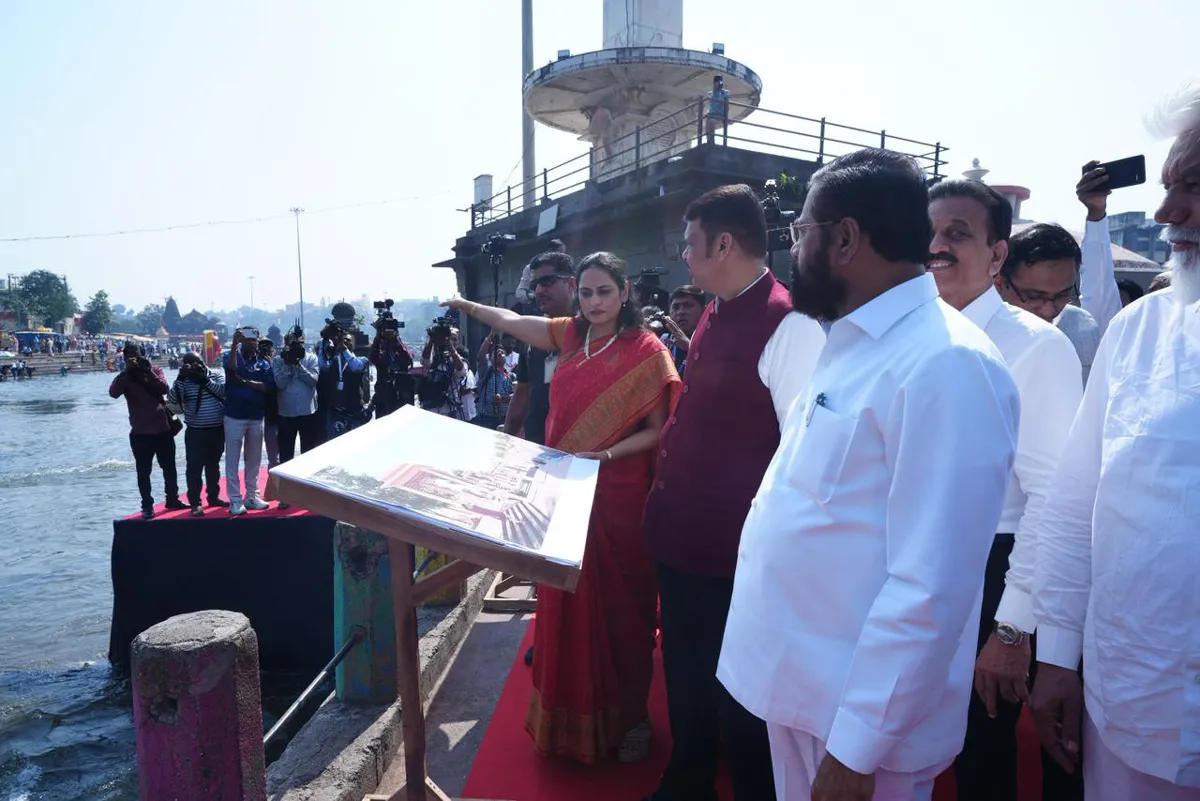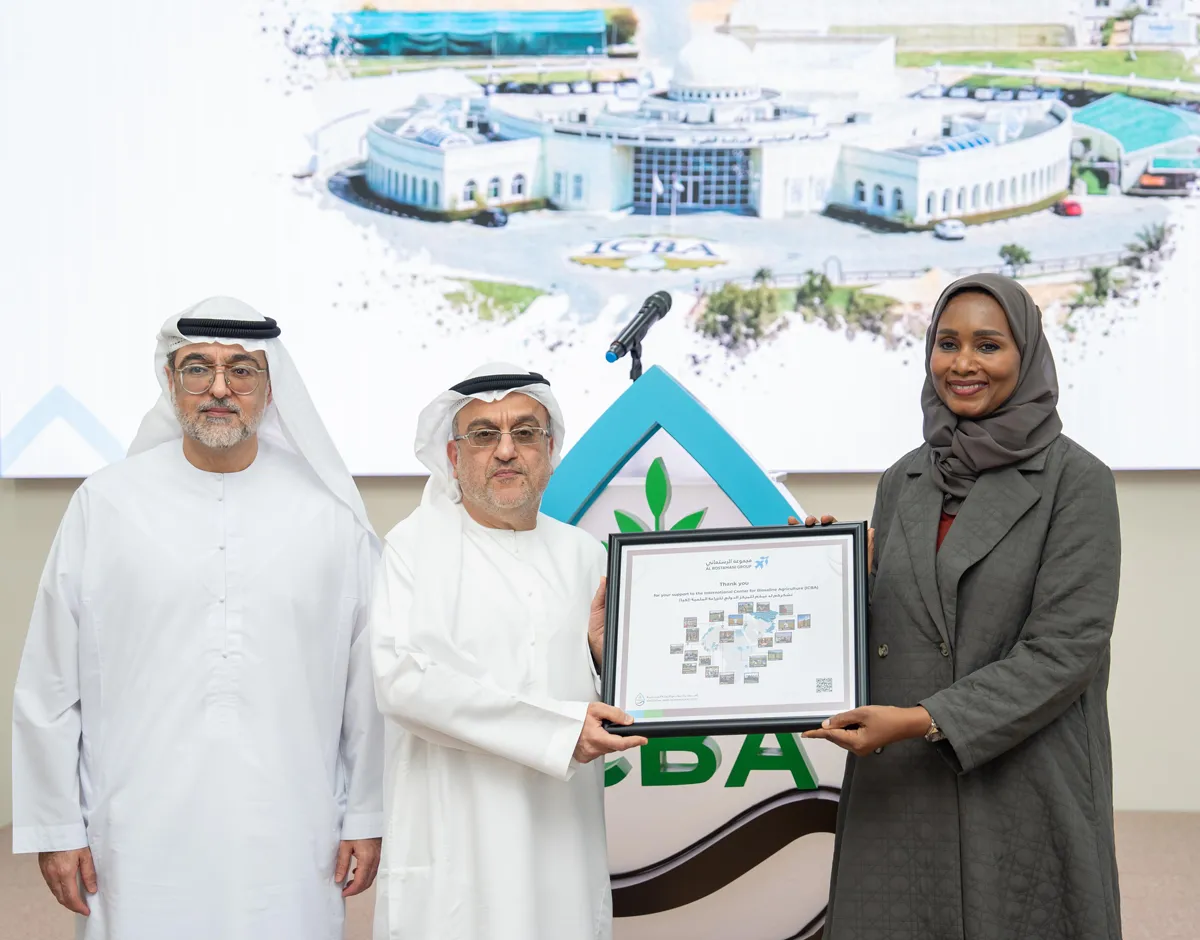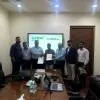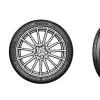
Telematics and intelligent machines have increased productivity

CM Inaugurates Rs 3.7 Billion Vilholi Water Treatment Plant in Nashik
Chief Minister Devendra Fadnavis inaugurated the Nashik Municipal Corporation’s 274 MLD Vilholi Water Treatment Plant and the upgraded Mukane water supply scheme, a Rs 3.7 billion project designed to provide a reliable and sustainable water supply to more than 55 lakh residents. The system will also cater to over 1 crore visitors expected during the 2027 Simhastha Kumbh Mela.Funded partly through Rs 2 billion Green Sustainable Bonds, the project strengthens Nashik’s long-term water security, ensures year-round availability, and enhances the city’s preparedness for peak tourist inflow. It..

Indian Speciality Chemical Industry Poised for Strong Global Growth
The International Center for Biosaline Agriculture (ICBA), in partnership with Al Rostamani Group, has inaugurated three major facilities at its Dubai headquarters: a Training and Knowledge Transfer Building, a Plant Tissue Culture Laboratory, and an Integrated Agri-Aquaculture System. The launch took place in the presence of H.E. Dr. Amna bint Abdullah Al Dahak, Minister of Climate Change and Environment, marking a significant step forward in strengthening the UAE’s agricultural innovation ecosystem.Fully funded by Al Rostamani Group, the new facilities reinforce ICBA’s role as a leading ..

Mooreast to Explore Up to 500 MW RE Projects in Timor-Leste
Mooreast Holdings, listed on the Singapore Exchange Catalist, announced that it will begin feasibility studies this month for the development of up to 500 megawatts (MW) of large-scale renewable energy (RE) projects in Timor-Leste.The studies follow a Letter of Intent (LOI) signed between Mooreast and the Secretario de Estado de Electricidade Agua e Saneamento (SEEAS), the secretariat for Electricity, Water and Sanitation under Timor-Leste’s Ministry of Public Works. Under the LOI, Mooreast will explore the development of 300–500 MW of floating renewable energy over the next five to ten ye..
















